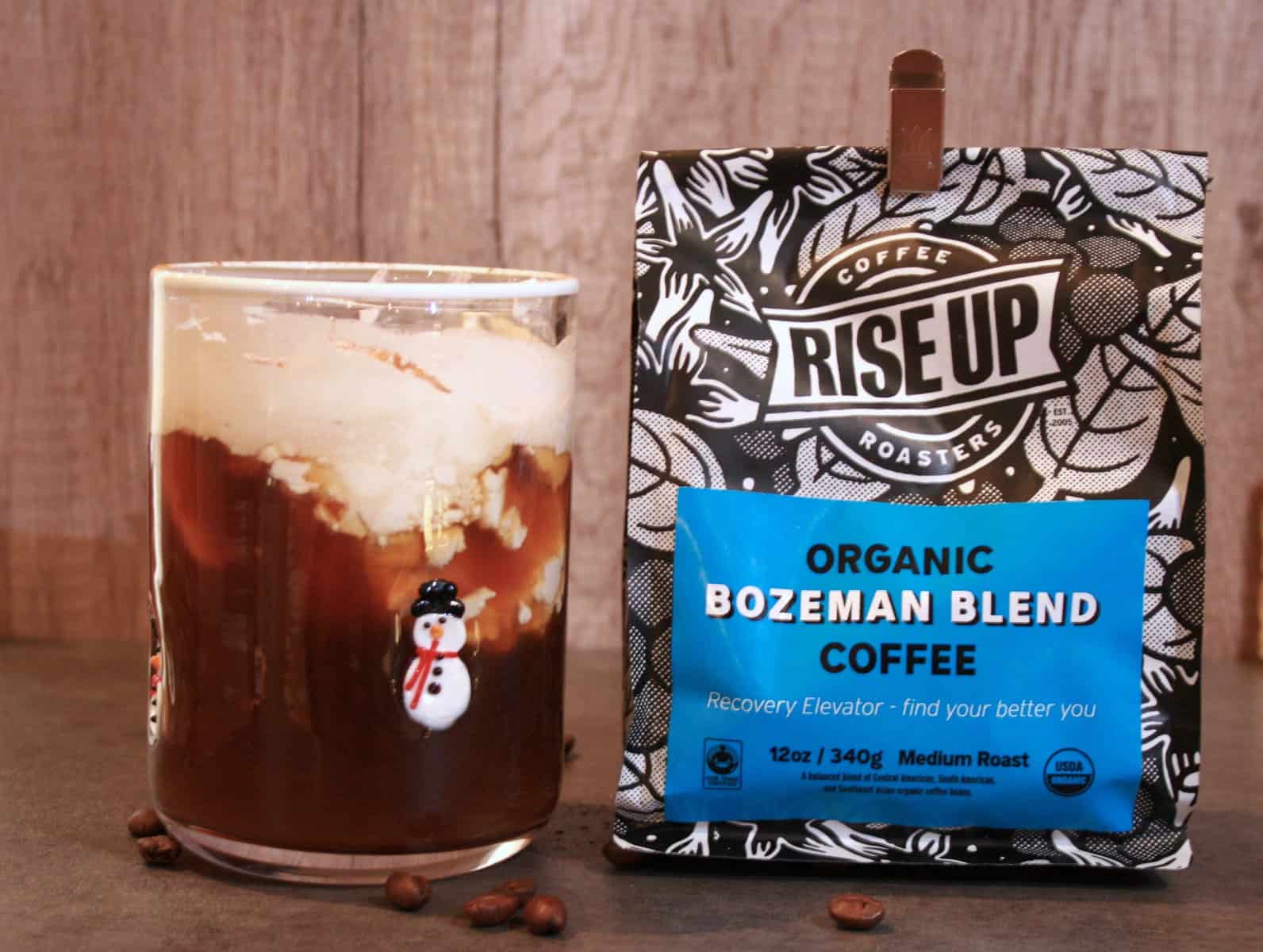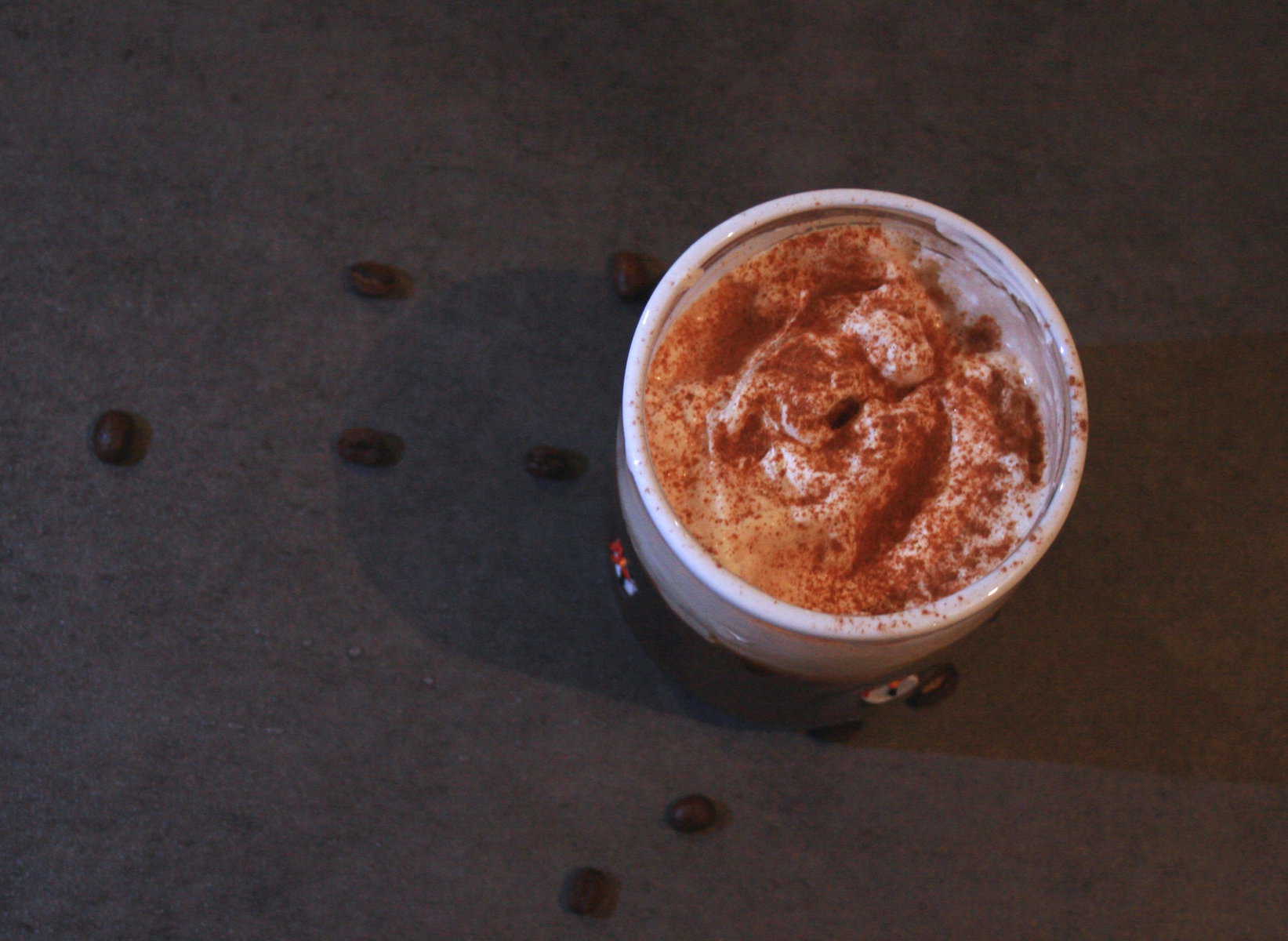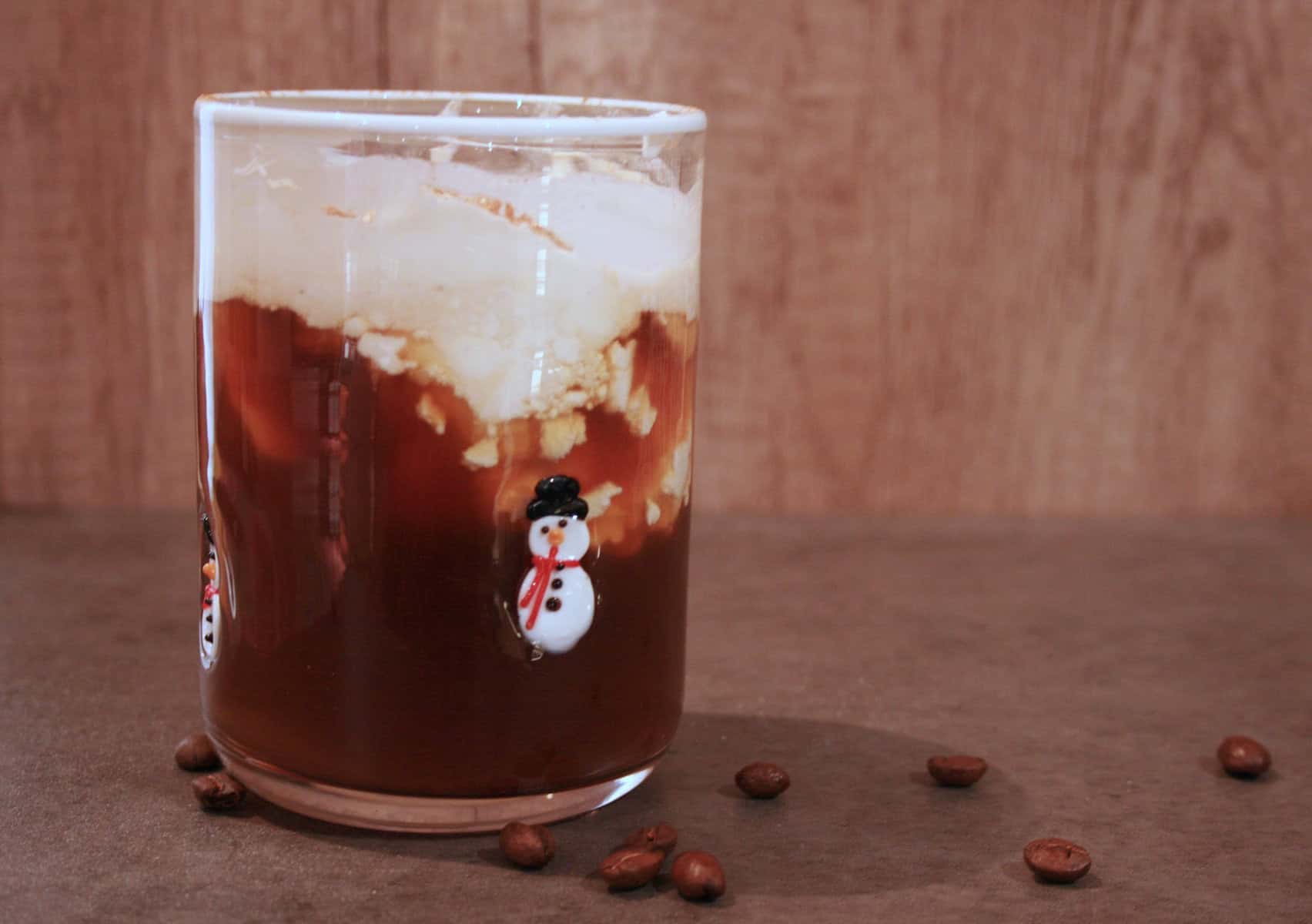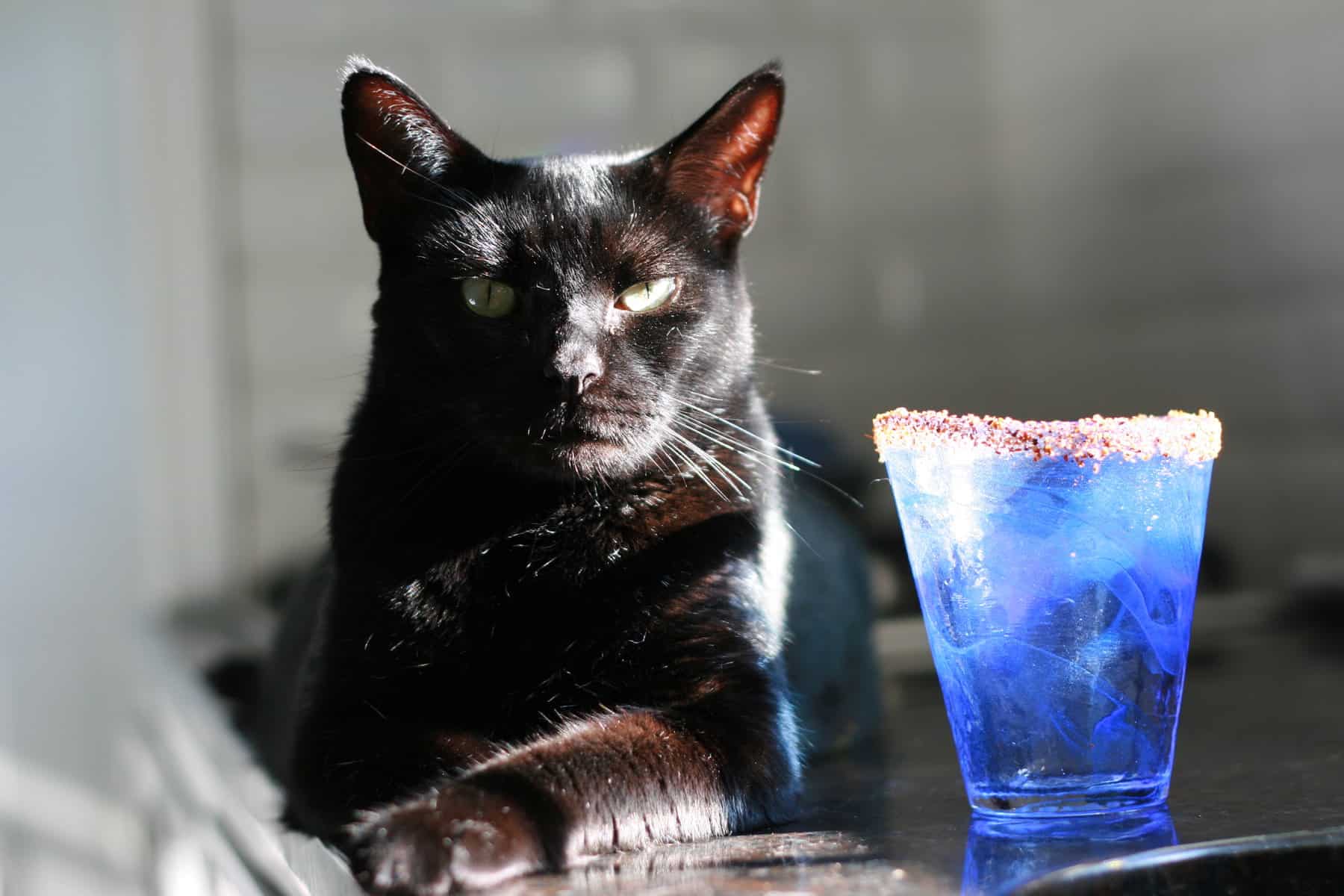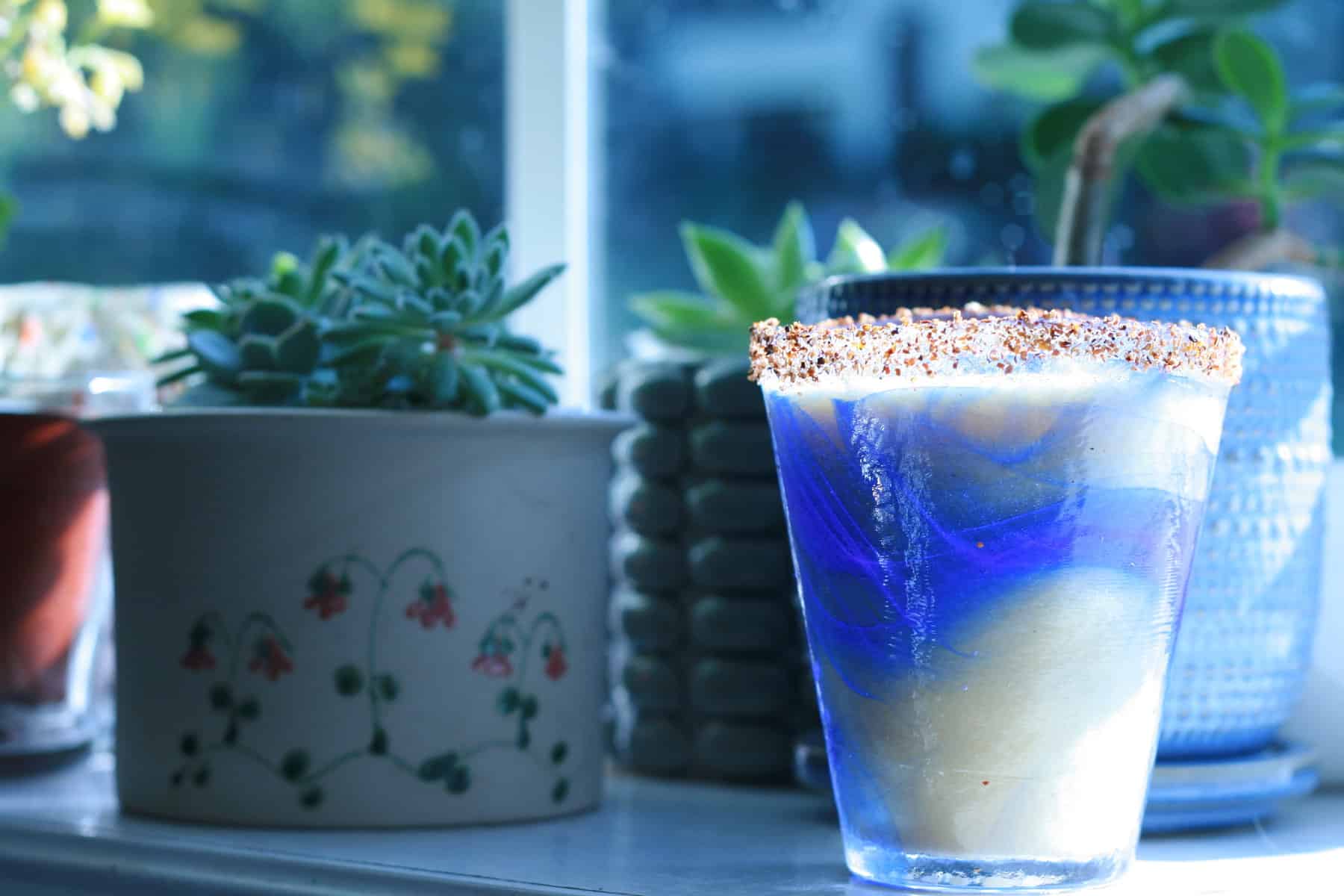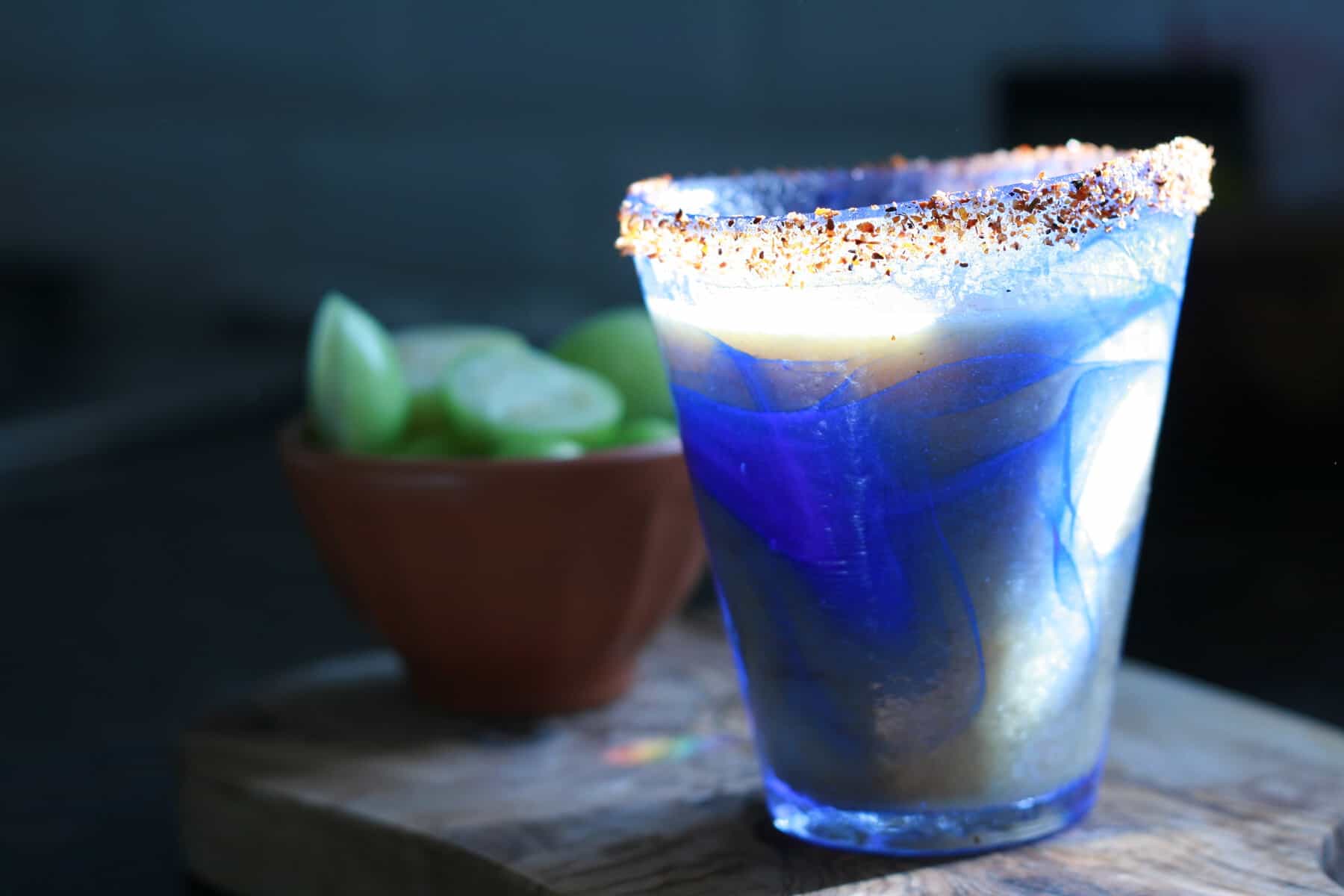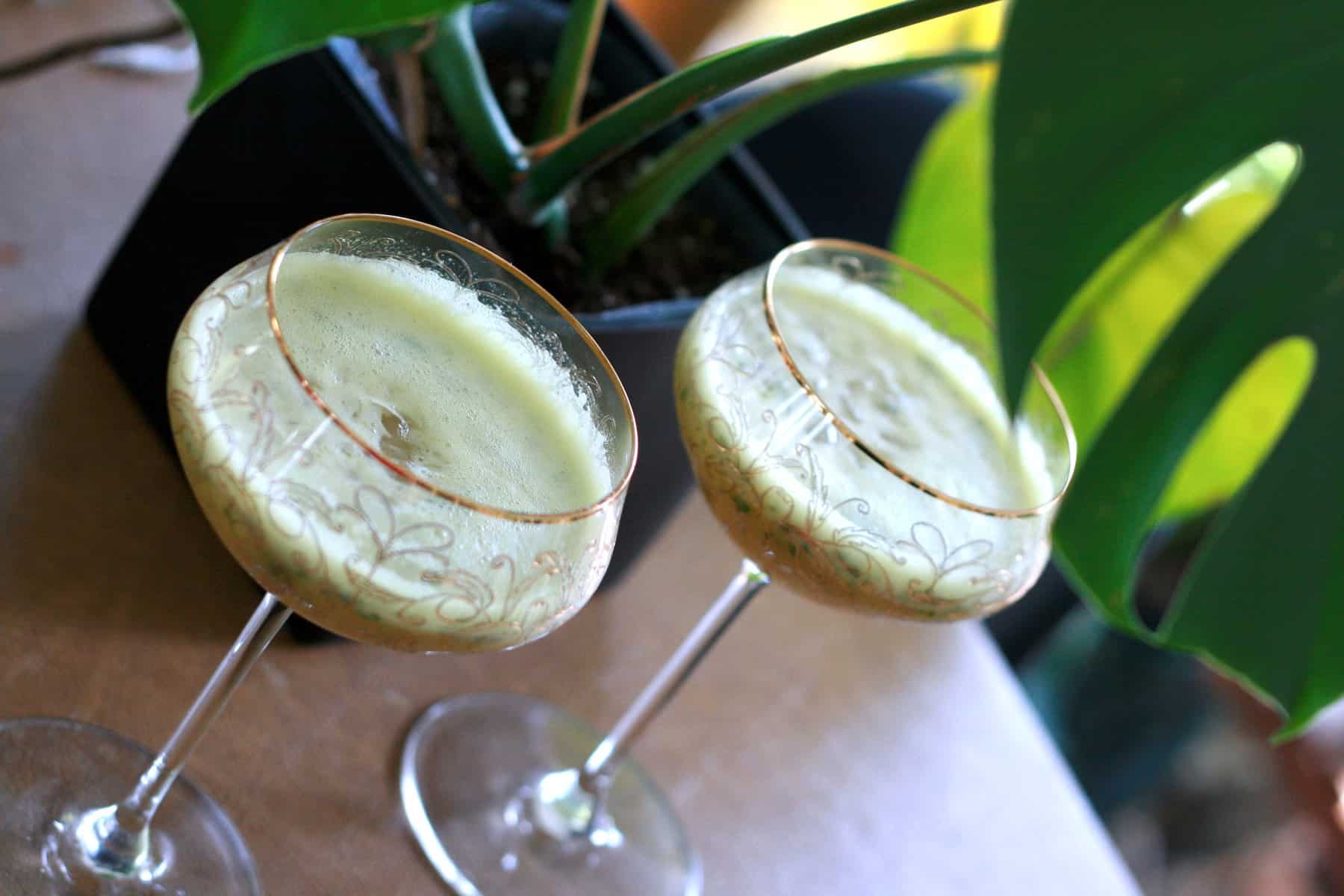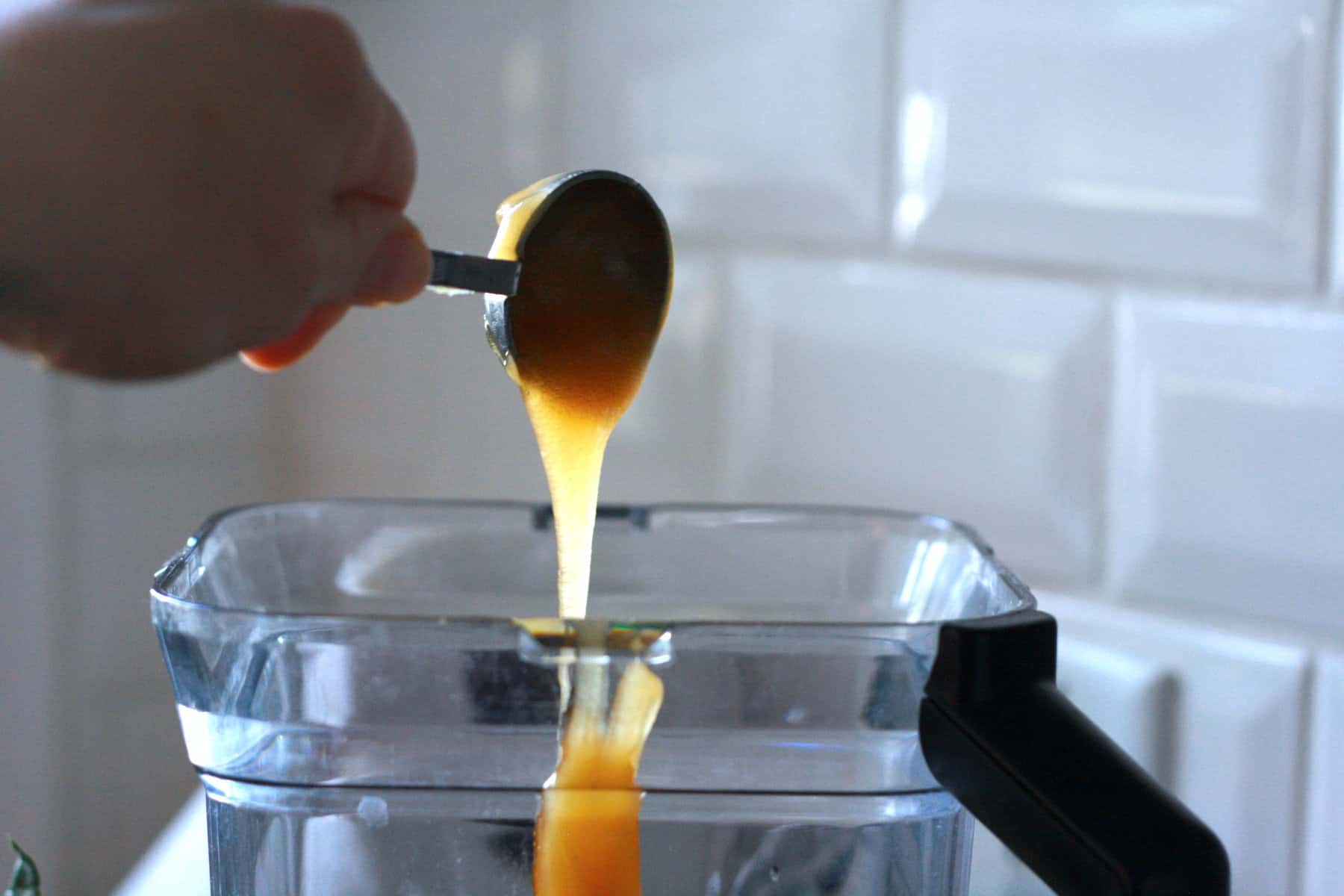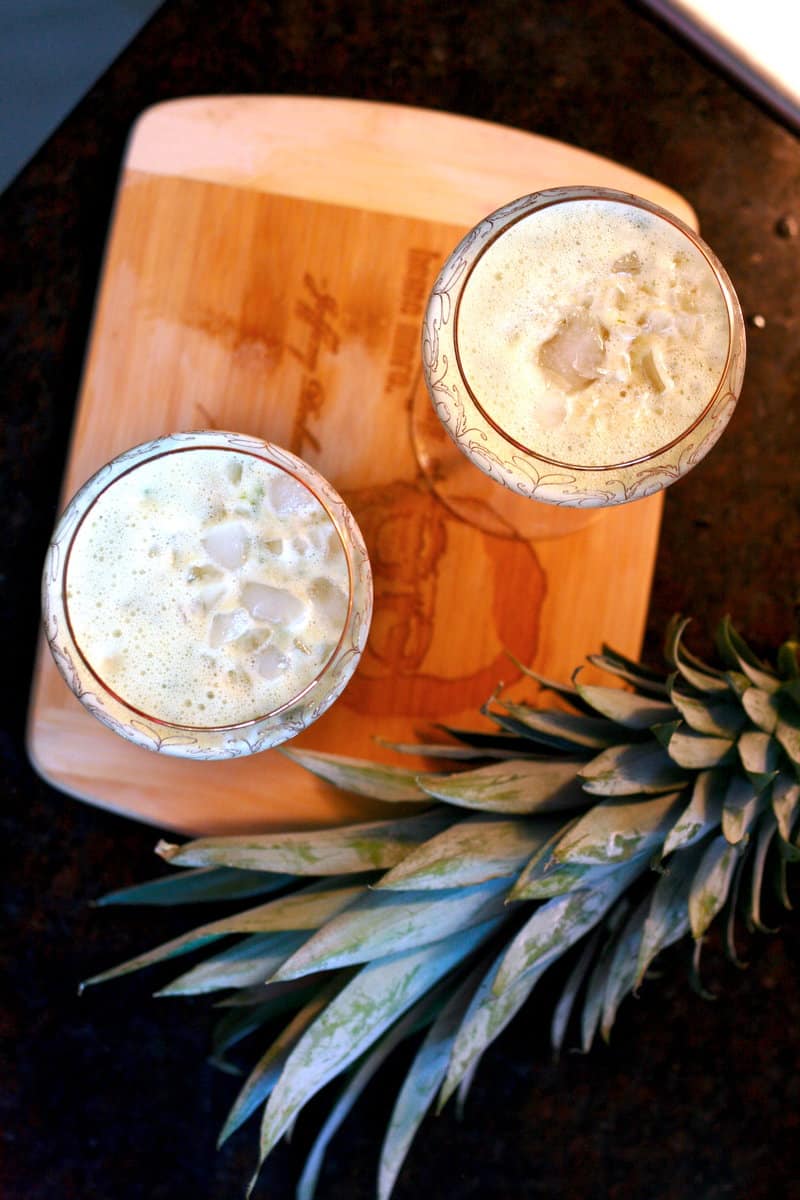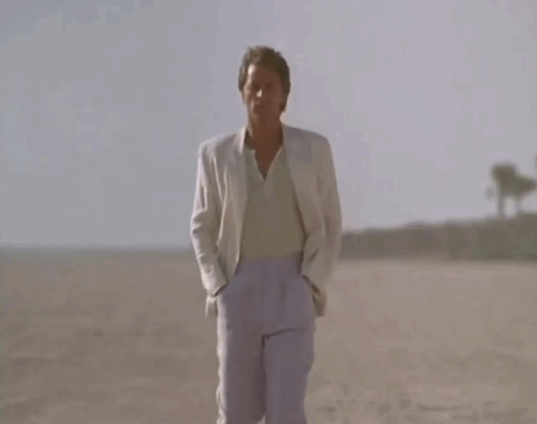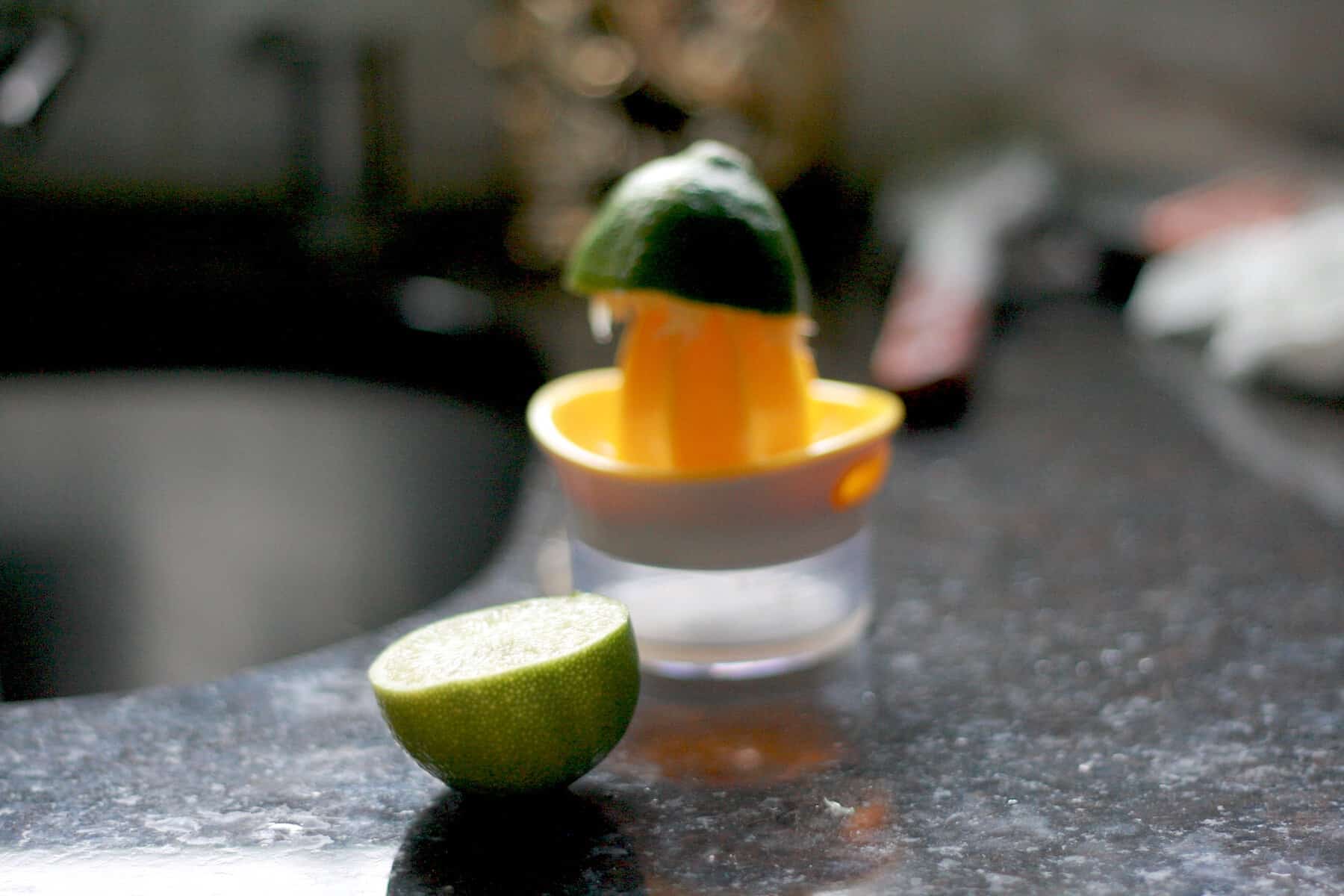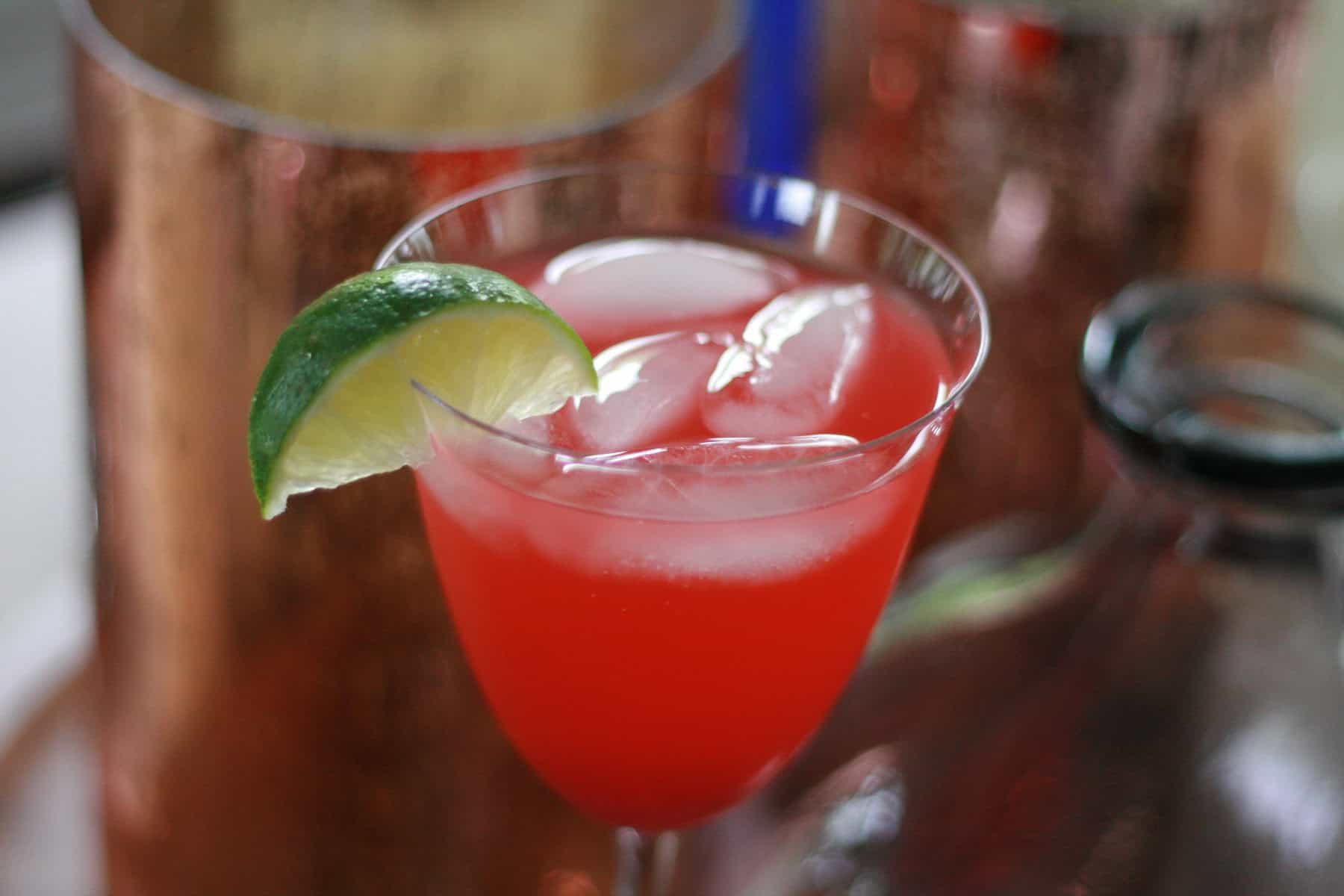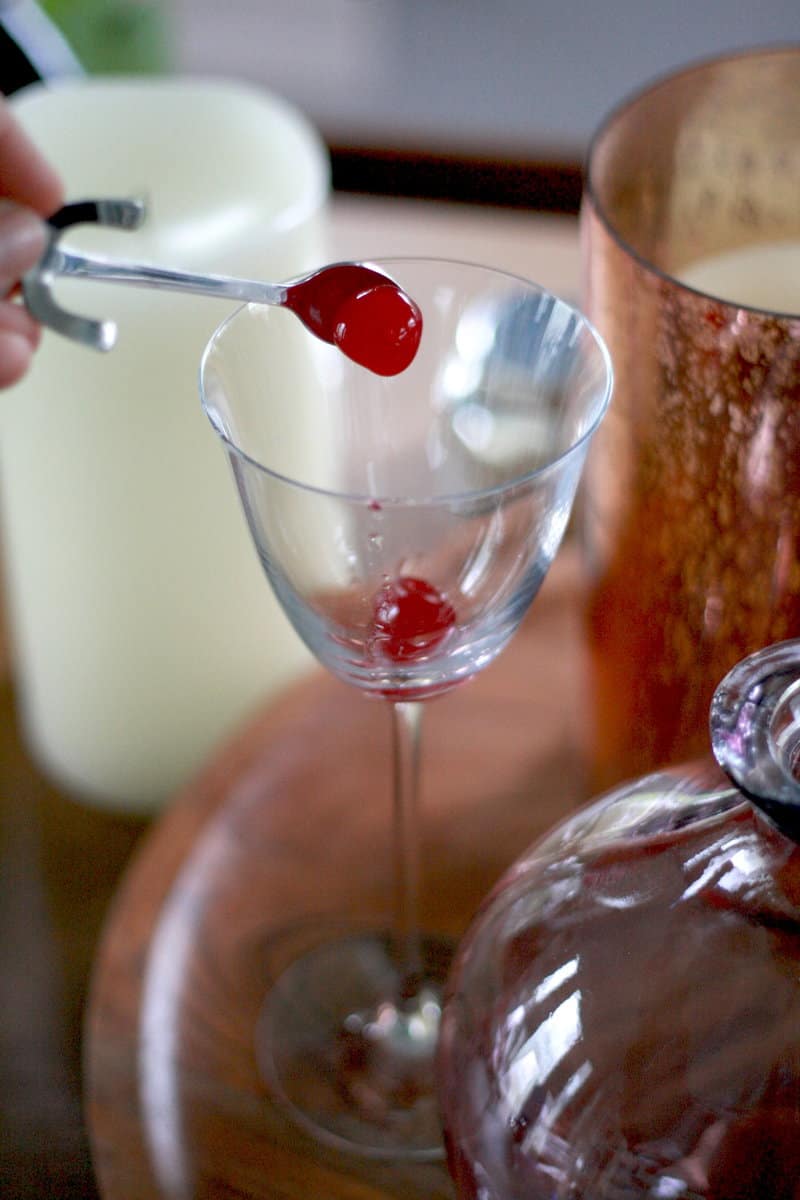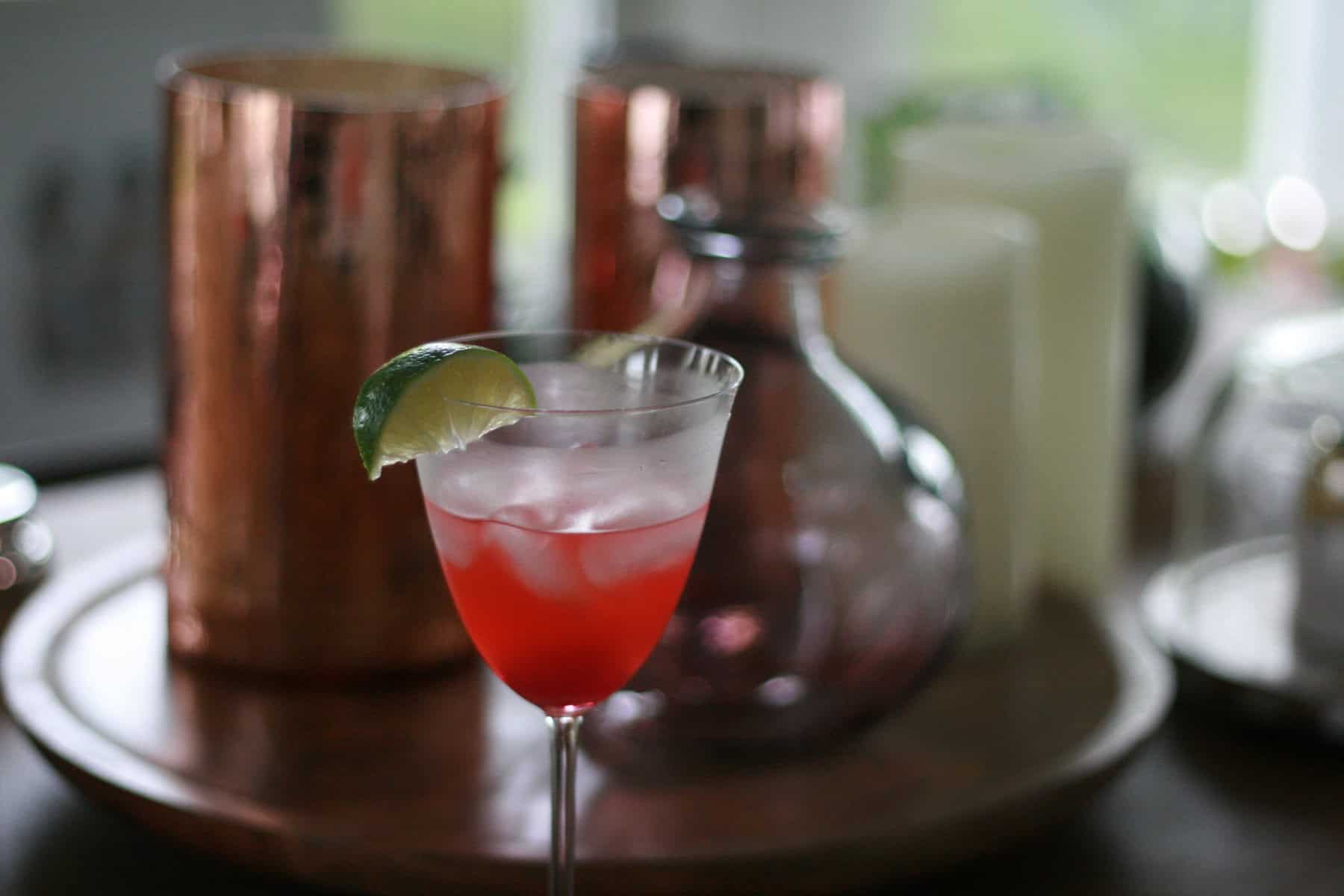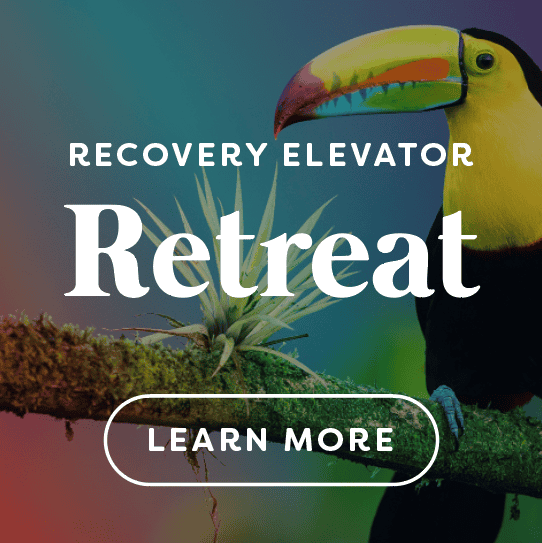
by RE Helper | Nov 14, 2022 | Alcohol Free, Blog, Holidays, Mocktail, Recipe, Resources
Who else feels the last three months of each each really blend together…starting with Costume-palooza all the way through “New-Year-New-Me!”?
I love a good party just as much as the next person, but I also need to focus on the traditions that unique to my family. The holiday decorating has been happening earlier and earlier every year, and this year is no exception.
It becomes important to keep traditions.
I like to do most of our end of year things with a warm drink in my hand. Recovery Elevator was lucky enough to have Rise Up Coffee roast us a special Bozeman Blend this year and I used that in my recipe today.
This drink can be enjoyed hot or cold, but I almost always drink it hot. The dichotomy of cold whipped cream and hot coffee with a touch of malted flavor is something that reminds me of holidays at home.
All Snowed In (AF)
Serves 1
Prep time: 5 minutes
Ingredients
To make the drink
Combine all ingredients, stir, top with whipped cream, sprinkle with cinnamon. Enjoy by the fire.
What are some traditions you keep and still love?

by Kerri MacFarlane | Oct 15, 2022 | Alcohol Free, Blog, Helpful Tips, Resources, Science and alcohol
Let’s talk about science and alcohol. It’s a pretty interesting and popular subject when the topic of recovery and sobriety gets brought up.
But let’s keep in mind that it’s not enough to rely on science and information to ditch the booze. Yes, it’s interesting and knowledge is power, but please don’t solely rely on knowledge, science and information alone to quit drinking. If we could read or listen ourselves out of a drinking problem, well, the problem would be solved. ??
Paul loves the science part of addiction and recently did a podcast intro on just that. (RE Episode 396)
Paul got most of his info from a fantastic podcast episode from the Huberman Lab Podcast, What Alcohol Does to Your Brain, Body & Health| Episode 86. I highly recommend you check it out and listen when you get a chance…Dr. Huberman goes into great detail in this 2 hour episode and even those without a drinking problem will find it interesting and beneficial.
Andrew Huberman, Ph.D., is a neuroscientist and tenured Professor in the Department of Neurobiology at the Stanford University School of Medicine.
Alcohol and the brain. ??
Alcohol has many biochemical and neurochemical effects on the brain. There are dramatic changes in the neurons that control the release of serotonin when we consume alcohol. Serotonin is the feel good chemical and 80% of it is created in the gut. When we mix alcohol and serotonin it gets converted into acetaldehyde. Acetaldehyde damages your DNA and prevents your body from repairing the damage. A toxic buildup of acetaldehyde can increase your cancer risk.
This acetaldehyde acts as a toxin at the very synapses and the connections between the serotonergic neurons and lots of other neurons. In other words, when we ingest alcohol, the toxic effects of alcohol disrupt those mood circuitries.
It does this first ☝?by making them hyper active.
This is why people become happy or more talkative after a couple of sips of alcohol. But when the alcohol wears off the serotonin levels and the activity of brain circuits really start to drop and this is why most people head to the bar for a second round. Now typically what happens when people ingest their 3rd, 4th or 5th drink, there is an absolute zero chance of them recovering that energized mood they experienced on the first drink. Most people, when they drink more and more, begin to feel suppressed ?. The front part of the brain, the frontal cortex, is starting to shut down. The motor areas of the brain that control motion and basic functions begin to slow.
This is the slurred speech, the swaying back and forth, the classic drunk shuffle. People begin to lean on things, uncomfortable benches seem like a good place to spend the night. There is a great depression, not of the psychiatry sort, but a depression of alertness and arousal, and eventually people begin to pass out. ?
Here’s one big way that alcohol changes your brain chemistry.
Alcohol changes the relationship between the hypothalamus, the pituitary gland and the adrenals. The hypothalamus, which is about the size of a gumball and sits above the roof of the mouth, provides a specific set of signals for the pituitary gland…which then releases hormones into the bloodstream that go and talk to you adrenals which sit right above your kidneys in your lower back. The adrenals release a chemical called epinephrine and cortisol which is involved in the longer term stress response.
The hypothalamus, the pituitary gland and the adrenals maintain the physiological balance of what you perceive as stressful. People who consistently drink are more stressed out at baseline then sober peeps. They have more cortisol released from their adrenal glands even when they are not drinking. And a consequence of this is they feel more stressed and feel more anxiety when they are not drinking. Most medical professionals will agree that stress is the number one contributor to disease.
Let’s talk about blackouts for a second. Blacking out is not passing out. When we overload the brain with alcohol, it’s almost too much to process and the activity of neurons in the hippocampus, which is involved with memory formation, are strained and then they completely shut off. As in you no longer form memories. You are still awake and can still be functioning, some high functioning, but the memory forming part of your brain, the hippocampus, clocks out.
Now…to genetic predisposition…
Side note, Paul doesn’t believe in genetic predisposition to alcoholism. He used to, but now he doesn’t.
Addiction guru Dr. Gabor Mate’s teaching rebukes the genetic myth. Dr. Mate feels all addictions are trauma responses. What helped Dr. Mate reach this conclusion was his studying of twins who have the same genetic makeup. He also studies twins with the same genetic makeup who are separated at birth. His conclusion is that all addictions are environmental responses, or coping behaviors that allow people to survive in unhealthy environments.
Dr. Bruce Lipton, who is coined the father of Epigenetics in the 90’s, would also agree with this. Epigenetics says it’s the environment that controls the expression of genes and gene mutations. In addition, it’s the environment that cues anxiety, depression, addiction, auto immune responses, cancers, inflammations, and not genetics. The classic Rat Park experiment by Bruce Alexander in the 70’s also shows addictions are environmental.
Paul says, “I am on board with this approach and even in the past 8 years doing Recovery Elevator, I’ve seen the pendulum slightly shift in this direction.” What we’re seeing now, is our biological makeup is much more adaptive and reflexive to environments than previously thought. Again, Paul feels, most addictions are trauma based. They are adaptive behaviors. Another reason he doesn’t think alcoholism is genetic is because alcoholism is rapidly on the rise. Gene’s take thousands, millions of years to evolve. Gene’s can’t explain the ten fold increase in alcoholism we’ve seen in the last couple centuries.
That being said, we do want to share different perspectives on alcoholism.
Dr. Huberman feels alcoholism is genetic. He does mention that there is no blood test, fingerprint test, or bio marker to indicate this addiction gene. Dr. Huberman says the best way to “identify” alcoholics and non alcoholics is by putting drinkers in two bins. One bin is the group of people who have a couple of drinks and then get tired with a nodding head, or they feel sedated. The other bin of people is the group that has a couple of drinks and gets energized and are not sedated. The drowsy group after a couple drinks are your normal drinkers. The let’s go streaking in the quad and bring your green hat group are the future alcoholics.
Is it genetic based, or trauma based. Most likely it isn’t 100% one or the other. It’s most likely a combination of 57,680 different things.
Again, we don’t recommend getting too caught up in all this. At the end of the day, you’ve got a drinking problem. Knowing what alcohol does to your prefrontal cortex isn’t going to keep you sober in the long run.
Find what works for you…and go with that!
***Taken from Recovery Elevator Podcast, episode 396, host Paul Churchill***
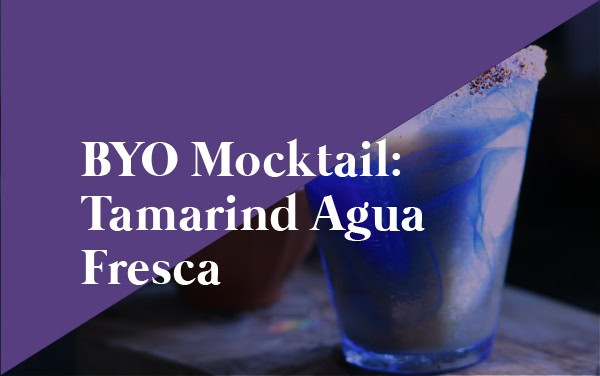
by RE Helper | Sep 18, 2022 | Alcohol Free, Blog, Helpful Tips, Mocktail, Recipe, Resources
At this point it sounds cliche, 2022 has been an a$$ kicker of a year. I’m very tired, but I’m also very sober, still. Sober because I was lucky enough to have built a large toolbox which I relied on a lot this year. When I tell you that I used ever single tool in there… I am not lying.
2022 has been the year I almost drank.
Fangwell judging me and also probably you.
For the most part I hang out with my pets and my husband. But among the highlights was a cruise to Alaska and I went to Bozeman to hang out with my sober friends, who are now like family.
Returning home, all I want to do is spend the long days of the end of summer on my back porch drinking something fancy and refreshing.
Therefore, I keep my mixing simple and to the point. I used fruit to keep it sweet and a topper of your choice of seltzer makes it unique!
Tamarind Mango Agua Fresca (AF)
Serves 2
Prep time: 5 minutes
Ingredients
- 1⁄2 cup Tamarind Nectar
- 1 t Tamarind puree
- 1⁄2 cup frozen mango
- 1 t honey
- 2T Tajin
- Fizzy water (your choice of flavor)
To make the drink
1- In a blender place the nectar, puree and frozen mango. Blend until smooth.
2- Rub the honey along the rim of the glasses and then dip the edges into Tajin.
3- Divide the mixture evenly and top with the fizzy water.
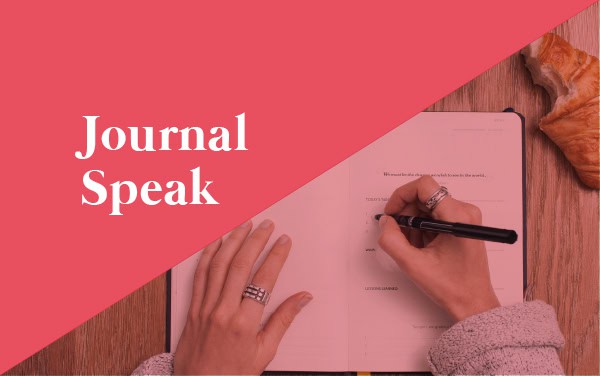
by Kerri MacFarlane | Aug 15, 2022 | Alcohol Free, Early Sobriety, Healing, Helpful Tips, Resources
Who doesn’t love practical tips that help us out with daily tasks? I know I do. And count me in if it is something to help me on my alcohol free journey.
Today I want to give you a practical quitting drinking tip that I recommend you try. This is called JournalSpeak™ which is probably the most informal, writing from cuff, type of journaling you can do. Paul learned about this type of journaling from a podcast called The Cure for Chronic Pain with Nicole Sachs. He was listening to her podcast about back pain that he had been experiencing, but the journaling technique she teaches is also applicable to ditching the booze. So today I’m hoping to bridge the gap.
Okay, let’s do it.
First…what is the point of JournalSpeak?
The point is to get unprocessed, uncomfortable emotions, out of you, and onto a piece of paper, a note, a napkin, post it note, a scroll, a computer screen, whatever. This also makes you feel less alone, it’s as if there are two of you. Another point is you begin connecting with you. Here at Recovery Elevator we do believe the opposite of addiction is connection as Johan Hari coined in a TED Talk. A major component of this is connecting with the raw, unheard, vulnerable, pissed off version of you.
When you feel a craving coming on, this is one of the best times to do this, because there’s a part of you screaming to be heard. ???
Now, let’s talk frequency.
Nicole recommends 20 minutes a day. I get it…that can be overwhelming to start with. So don’t start there. Paul started with 5 minutes first thing in the morning, and then 5 minutes at night before he went to bed, a couple times a week.
Also, you can use this “as needed” throughout the day. Sometimes, if Paul was feeling pissed or feeling fear he grabbed a pen and ‘just let it fly’. ✍?
When I say JournalSpeak – I’m not referring to you opening your leather bound diary, writing the date, and beginning with,
“Dear Diary,
Today…I went to work and my parking spot was taken…”
None of that. ??♀️?? In fact, I don’t recommend you keep any of this JournalSpeak. Get rid of it, that’s the point. Get it out of your body and onto the paper…then get rid of it. ??
JournalSpeak is full of incomplete sentences, horrible grammar, expletives ?…if you choose, shitty illustrations, and giving that pissed off, or sad little kiddo inside permission to speak. That’s really who is doing the talking.
Yes alcohol in itself is highly addictive, but most likely you are unconsciously (or consciously) using alcohol to repress emotions or shitty memories. Getting this excess mental baggage out of your head and onto paper is the beginning of letting it go. Once you’re done writing, throw it away, burn it, command A delete. It’s out, it’s gone. It’s been heard. The energy has been moved. Throw that shit away. ?? You don’t need it anymore. Make that part of the ritual, or routine, toss it. After all, it’s garbage. It’s not serving you.
Paul always felt better after his short JournalSpeak sessions. Sometimes he would go way longer than his five minute timer, things would just keep coming out. Let whatever wants to come out, come out. It may surprise you.
JournalSpeak can cure your pain. Physical and emotional pain. Is this woo-woo? Maybe. But Paul gives it a quantum spin. (He says his first car, at age 16, was a 1982 Volkswagen Quantum, which he feels qualifies him to talk about quantum science.) When you take a thought, which has an atomic weight swirling in your brain, and you place it on paper, two things happen…
- You lessen the energetic density of the thought in your own brain. It was in your brain and now part of it is in the form of graphite on paper (if you’re using a pencil).
- Next, when you see the thought in physical form, on paper, the thought/wave collapses. Almost like a wave landing on the shore. ? The energy of the thought hits the paper, and then softens.
Trust me, you will feel better after these JournalSpeak sessions. Paul says he’s batting 1000 on this one.
***Taken from Recovery Elevator Podcast, episode 389, host Paul Churchill***
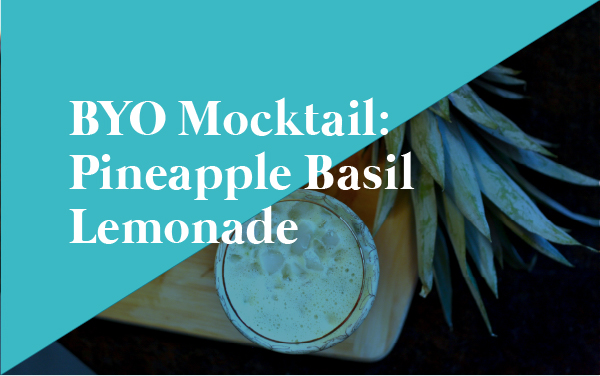
by RE Helper | Jul 15, 2022 | Alcohol Free, Blog, Helpful Tips, Mocktail, Recipe, Resources
One of the scariest questions I had during my path to sobriety was: How will I celebrate ANYTHING? How will I toast at my wedding?
Am I allowed to celebrate anymore ever?!
I was married for the first time in 2005, I was young, figuring out my career and had spent the previous 2 years as a bartender. So I had my best bartender friend (hi ash!) write us a signature cocktail. Seventeen years later, all I can remember is that it was called “The True Love”, had a champagne floater and I drank many of them.
The name of that drink rang true, because what I was really in love with was the alcohol. I wasn’t able to love myself, let alone anyone else at that time. Alcohol was my true love, it was the celebration. I had the ability to turn a Monday afternoon into a celebration, because of booze.
I’ve come to learn over time and with therapy, yes, those that are alcohol free do celebrate! It has also come to light that we celebrate harder because we are fully present in the moment. This month, in honor of Paul Churchill getting married, I’m dedicating this mocktail to his bride. A reinvention of The True Love because this time, it actually is true love.
The True Love: Pineapple Basil Lemonade (AF)
Serves 4
Prep time: 30 minutes + cooling time
Ingredients
- 1 pineapple, cored, chopped & divided
- 1 T cinnamon
- 1⁄2 cup fresh lemon juice
- 2 T honey
- 10 basil leaves
- 2 1/2 cups pineapple water (see below)
- Ice
Pineapple water
Boil 3 cups water, add pineapple peel, rough chopped and cinnamon. Boil 20 minutes, strain liquid through sieve. Allow to cool.
To make the drink
1- In a blender place the pineapple, pineapple water, lemon juice & honey. Blend until smooth.
2- Add in basil and pulse a few times to chop up the basil.
Garnish with pineapple if you want!
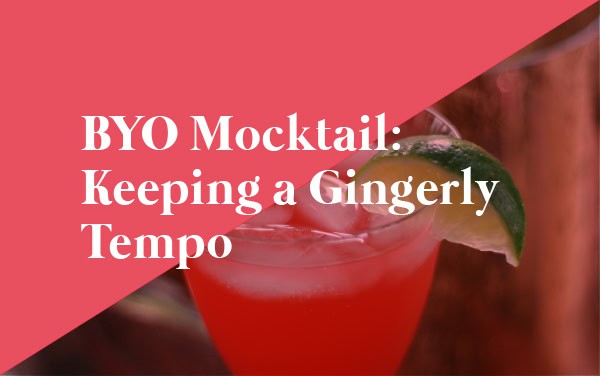
by RE Helper | May 16, 2022 | Alcohol Free, Blog, Mocktail, Recipe
The other day I was texting with a longtime friend, just the usual, sometimes nonsensical, back and forth of friends who have a solid foundation. While she was catching me up on her husband and son, she mentioned that her son’s favorite mocktail right now is a Don Johnson. Being a curious person, I took the bait and asked “What’s a Don Johnson?”
It’s a Miami vice with no socks! (?rum)
And then I snorted so hard with laughter, I scared my cat. But this got me thinking about the mocktail traditions I had as a kid. I believe that we all experience exposure to alcohol in our youth and it begins to form the values we have around alcohol.
My family mocktail was a Shirley Temple. On Saturday evenings my father would make my mother a Campari and soda and then for us kids, a Shirley Temple. We would then sit dow as a family and have a little pre-dinner chat. As an adult I can see what my (extremely tired) parents were doing. They wanted us to sit down and talk to them, but also not have to exert a lot of energy at the same time.
To this day, I love to sit and have a pre-dinner drink. I find it the best way to quiet my busy mind. I used to think that I needed vodka to also quiet my mind, but I know better. So in keeping with traditions established in our youth, I’m updating the Shirley Temple, adding in some ginger and lime to spice it up, but keep it fun without the booze.
Keeping a Gingerly Tempo (AF)
Serves 4
Prep time: 5 minutes
Ingredients
- 3 cups Ginger Beer
- 1 cup sparkling water
- 3 T lime juice
- 3 T grenadine
- cherry and limes for garnish
Combine all ingredients (except garnish) pitcher. Stir together. Put 2 cherries in the bottom of the glass. Pour over crushed ice (my ice maker has decided to stop making crushed ice, please trust me, crushed is best!)
Love and Mocktails,
Kate
PS- When I told the friend she was the opening subject of my blog, she wanted me to add the following “Your friend is an aspiring film writer with a penchant for tennis skirts and an endearing laugh. She tells amazing jokes.”


